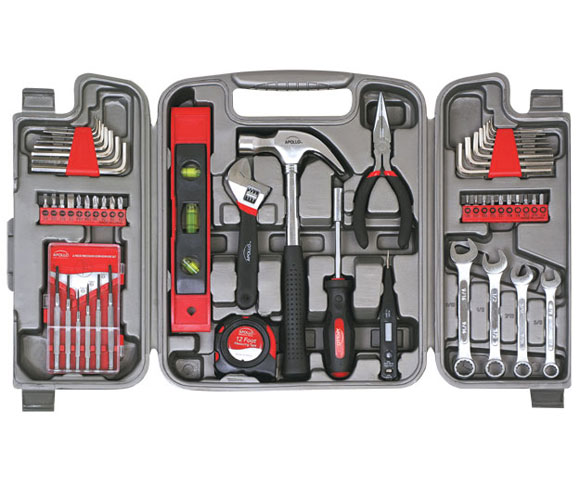
Last week I blogged about the research from this month’s Harvard Business Review’s article “The Network Secrets of Great Change Agents” by Julie Battilana and Tiziana Casciaro. The article talked about how to gain influence for dramatic change in organizations that are typically so resistant to change.
But once you have the influence, how do you best use it?
Well thankfully the very smart folks from Harvard Business, London School of Economics and the University of Leicester in the UK, namely authors Anette Mikes, Matthew Hall and Yuval Millo from these three institutions respectively answer this question in their July/August 2013 HBR article “How Experts Gain Influence”.
The authors found that influence came from four competencies:
Trailblazing
Find new opportunities to use your expertise. This could involve a specific understanding of new products, processes or approaches that company is currently using. Even internal auditors say who perform a compliance function can help senior management identify risks they are not currently addressing in new markets, gaining influence with senior leadership within the organization for parlaying their core competency skills of risk identification and management to worthwhile causes within the company.
Toolmaking
Develop and deploy tools that both embody and spread your expertise. In the former example, this could mean establishing a “green light” set of criteria in an app that any business manager could use to properly assess risk like the internal auditor would thereby extending the internal auditor’s influence to an even wider range than they could do individually delivering their expertise.
Teamwork
Collaborate with others on the creation and improvement of tools that extend your expertise, incorporating their feedback into the design. This will increase their likelihood of adopting and scaling your expertise.
Translation
Personally helping decision makers understand complex and often confusing content and data.
The authors found that those managers that combined all four competencies above had the greatest influence. These “engaged toolmakers” developed tools that disseminate their expertise throughout the organization but ensured they were available for interpreting, communicating and acting on the information for their colleagues.
So how can we use these finding to assist in gaining influence to turnaround our nation’s underperforming schools?
Too often schools attempt to gain influence with teachers in implementing their change strategy by a combination of classroom observations and feedback, general and targeted professional development courses and sessions.
However, these constructs of professional development rarely provide teachers tools that have embedded their input (think how hotly contested any changes in teacher evaluation/observation protocols are received) and allow them to self-regulate and monitor what formal supervisors attempt to do themselves.
Even in a data rich environment of a blended school model, we find we have to spend considerable time interpreting the daily, weekly and monthly student achievement data and then messaging, counseling and supporting teachers on how to first interpret the data, and then second, over significant investments of one-on-one time by our Blended Instruction Specialists with teachers teach them how to derive and use the same data reports and new ones themselves. The complexity of the data from multiple sources that are not often well aligned and synched to each other requires an “engaged toolmaker” mindset and approach.
“MOOCs” or massively open courses in higher education are experimenting with 3 types of evaluation given that a MOOC professor cannot grade the term papers of courses with say 3,000 or in some cases 300,000 students: i) self evaluation, ii) peer evaluation and iii) use of statistical algorithms that can compile and mimic a professor’s evaluation rubric and marking preferences after the professor grades the first 100 papers. These engaged tools could be useful for helping teachers reach their potential as well.


